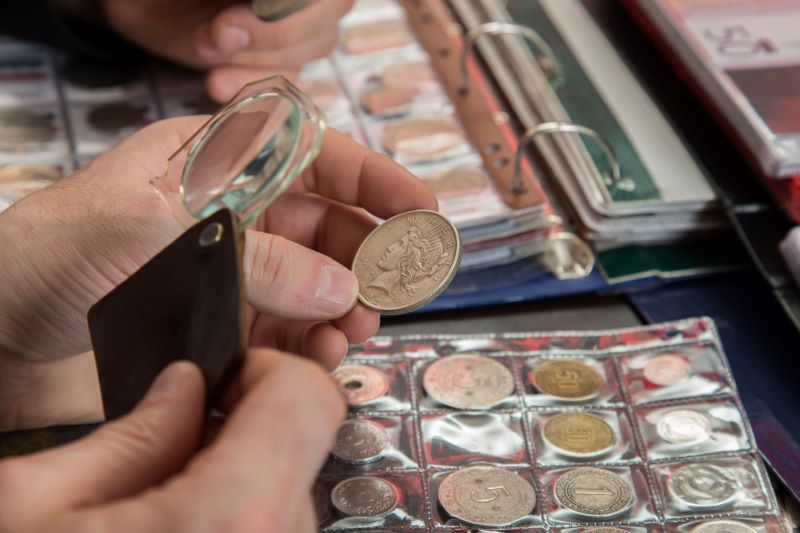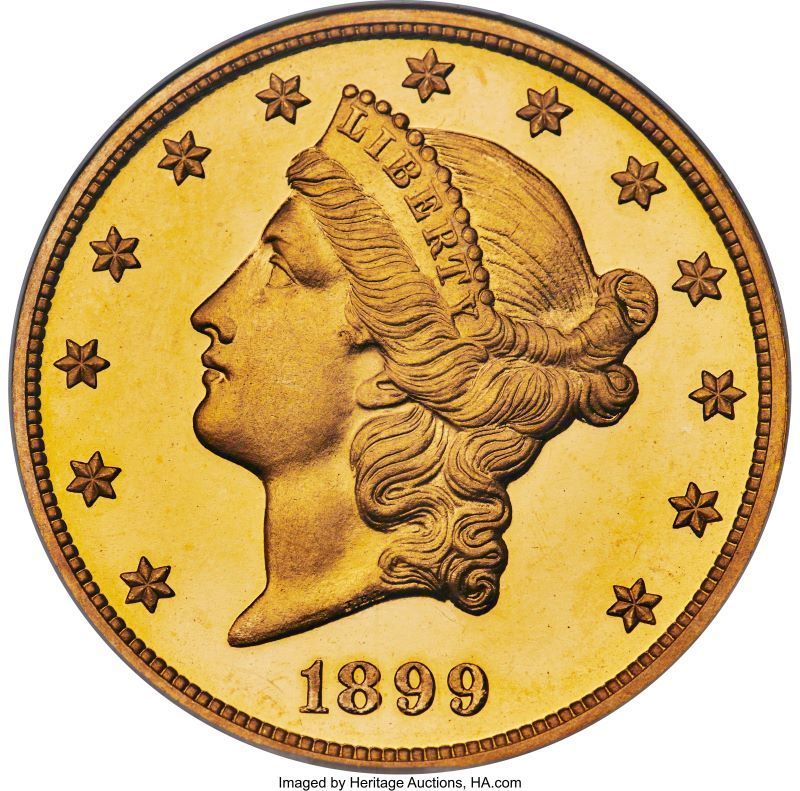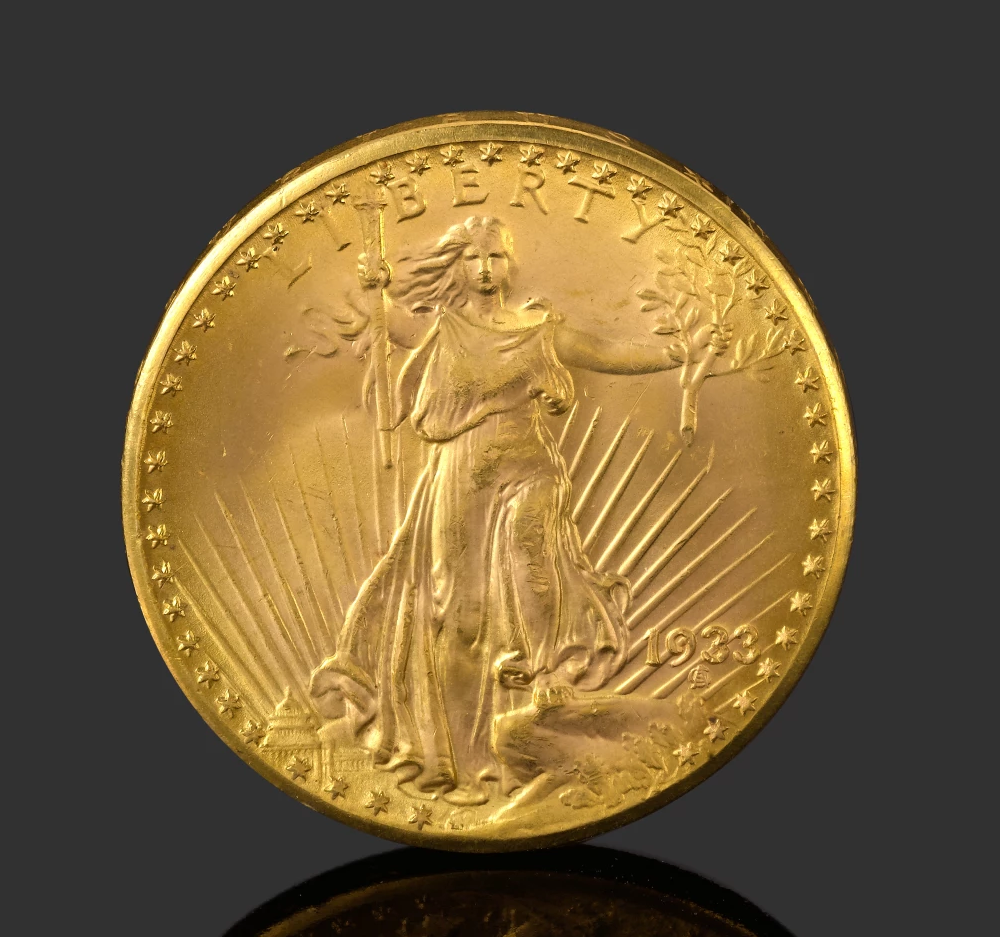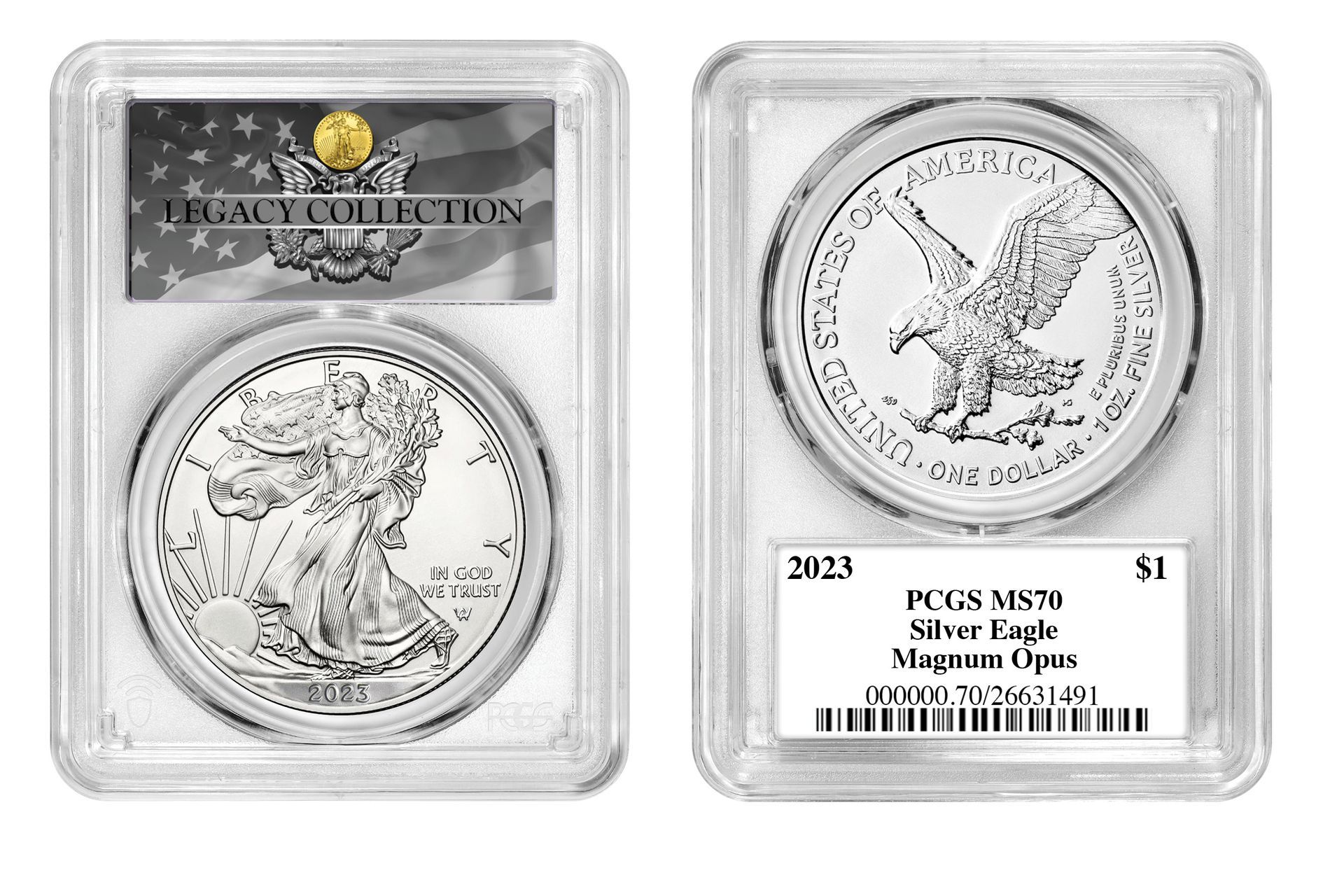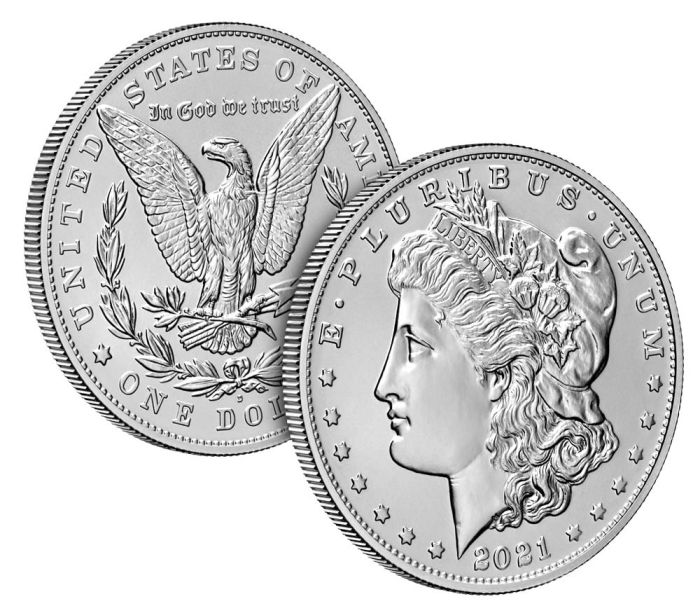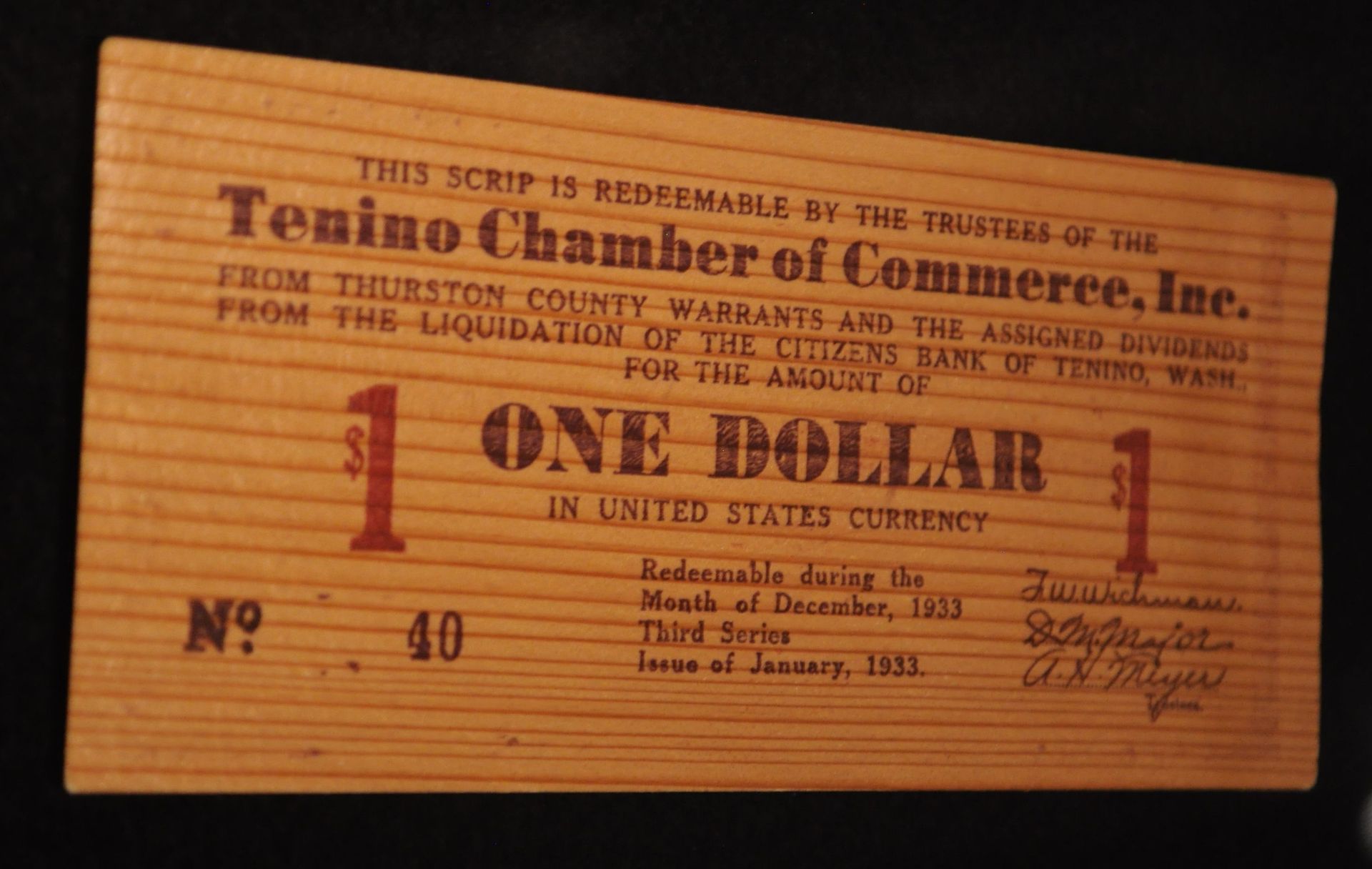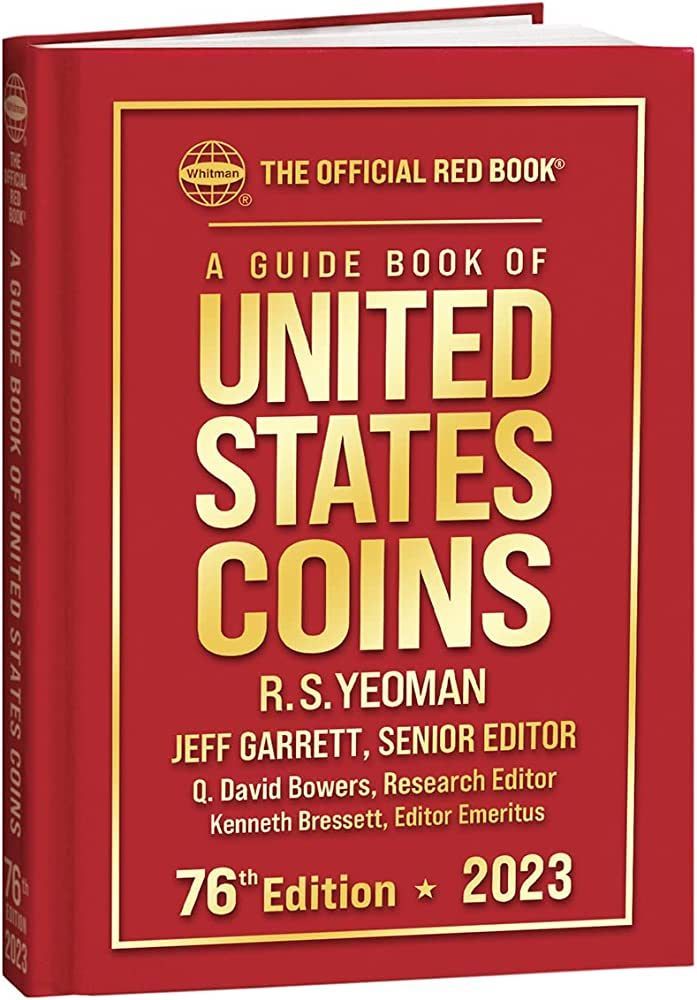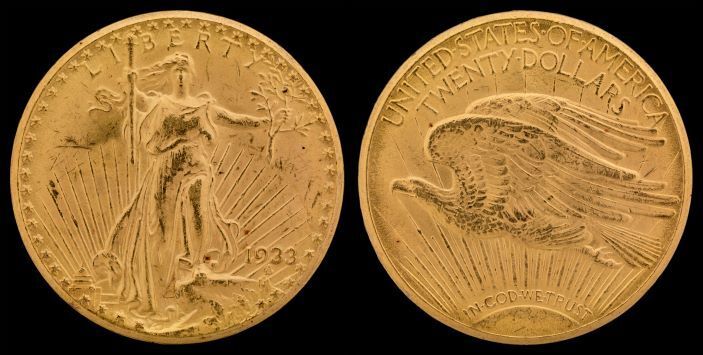This is a subtitle for your new post
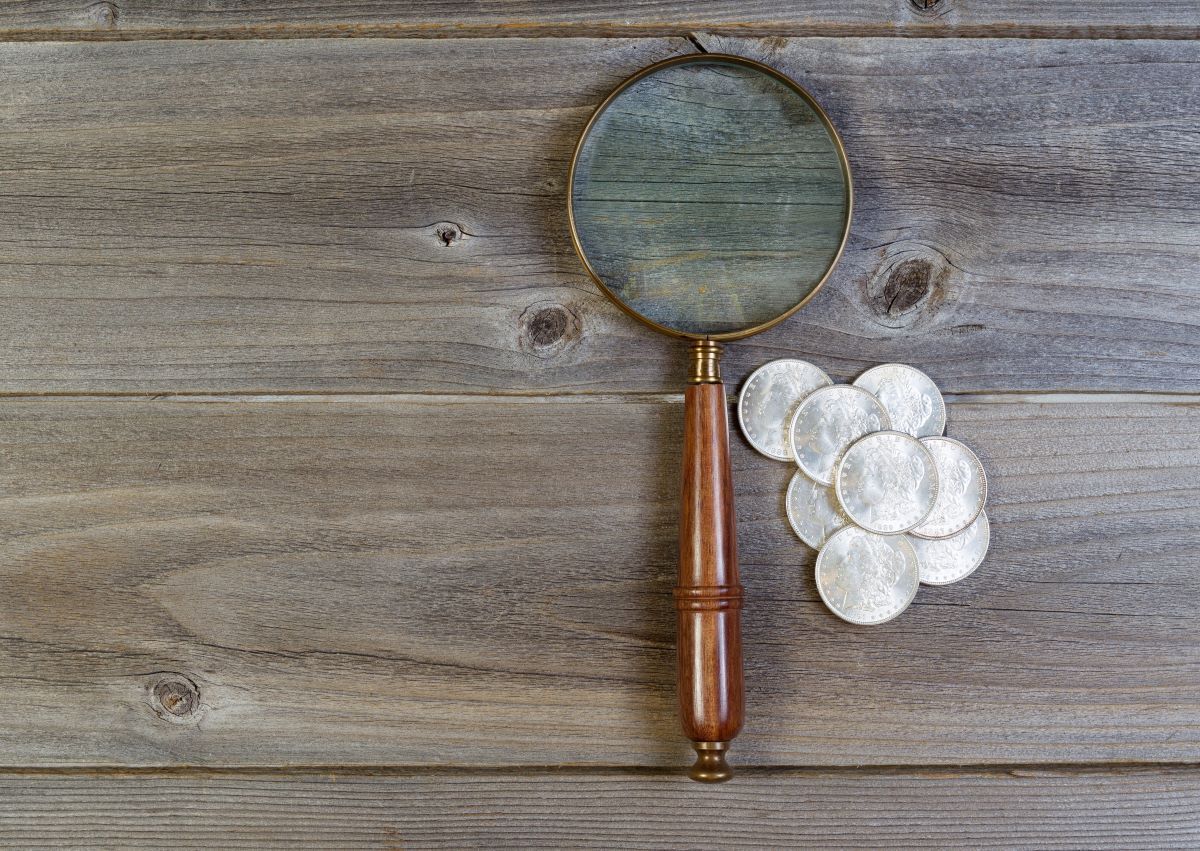
The Role of Third-party Grading Services in Numismatics
Ever looked at a coin and thought, 'This little piece of metal couldn't possibly be worth that much,' right? Hold that thought. You’re not alone in this wild world of numismatics, where a tiny mark or a slight fade can mean the difference between a new car and a new house. It’s crazy, I know. You might’ve heard whispers about third-party grading services, gatekeepers who can magically turn your shiny old coin into a treasure chest—or a tin can. Feels a bit like a gamble, doesn’t it?
But what if I told you there's more to it than just spinning the roulette wheel? It’s like that friend who knows just how to pick the perfect avocado at the supermarket – they know their stuff, and it can save you from a world of disappointment. Third-party grading isn’t just about slapping a number on your coin; it’s a science, an art, and maybe, just maybe, a bit of a safety net.
So, ready to dive deep into the glitzy, if sometimes baffling, world of coin grading? Let’s unravel this mystery together, one shiny coin at a time. Let’s begin.
The History and Emergence of Grading Services
The Need for Standardization
Ever wondered why some old coins fetch a fortune while others, seemingly identical, don't? Here's the thing: before the 1980s, coin grading was more art than science, filled with inconsistencies. Imagine you're at an auction, eyeing a coin, but its grade varies depending on who you ask. Frustrating, right? That was the norm. Collectors faced a wild west of subjective opinions, making trust hard to come by and value harder to gauge.
Birth of Professional Grading Services
Enter the heroes: Professional Grading Services. Pioneers like the American Numismatic Association Certification Service (ANACS), Professional Coin Grading Service (PCGS), and Numismatic Guaranty Corporation (NGC) surfaced in the late 20th century. They revolutionized the scene by introducing consistent, objective grading standards. Suddenly, the veil of uncertainty lifted, allowing everyone to speak the same numismatic language.
The Grading Process Explained
Authentication
First up, authenticity. No one wants a fancy fake, right? Grading services use state-of-the-art tools and eagle-eyed experts to verify a coin's pedigree. This involves checking for tell-tale signs of counterfeiting, ensuring what you get is the real deal.
Assessing Condition and Assigning a Grade
Then comes the condition. Grading hinges on the Sheldon Scale (grades 1 to 70), where higher numbers signify better condition. Factors like luster, wear, and strikes are scrutinized. It's like judging a beauty contest with rules set in stone.
Encapsulation and Labeling
After grading, coins are encapsulated in tamper-proof slabs with labels displaying their grades. Think of these slabs as protective suits of armor, preserving your treasures while flaunting their credentials.
The Impact on the Coin Market
Trust and Transparency
Grading services have instilled trust and clarity in the market. You're not just buying a coin; you're buying its authenticated history and certified quality. This reliability has opened doors for investors and collectors alike.
Value Implications
A coin's grade can catapult its value to the stratosphere. Remember the 1933 Saint-Gaudens Double Eagle? Graded MS-65, it sold for a jaw-dropping $7.59 million in 2002!
Population Reports and Registry Sets
Population reports show how many coins exist in each grade. It's like knowing how many pieces of a rare stamp are out there. This data fuels the fascinating world of registry sets, where collectors compete to assemble the highest-grade coin sets.
Criticisms and Controversies
Subjectivity and Variability
No system is perfect. There have been instances where the same coin received different grades from different services. It highlights the lingering subjectivity and human element in grading.
Market Manipulation Accusations
Some naysayers have accused grading services of market manipulation. Though these cases are few, they underscore the importance of maintaining integrity and impartiality in grading.
The Future of Third-party Grading
Technological Advancements
Looking ahead, technology like AI and high-resolution imaging might tighten grading accuracy, reducing human error and subjectivity. The future of grading seems poised for a digital revolution.
Expanding into Other Collectibles
Grading isn't just for coins anymore. Services are venturing into grading banknotes, trading cards, and other collectibles, reshaping how we value all sorts of collector's items.
Third-party grading services have become the backbone of numismatics, turning coin collecting from a leap of faith to a secure, informed investment. As collectors and investors, staying abreast of these grading nuances not only safeguards our investments but also deepens our appreciation of this intricate hobby.
.
Share With Your Friends
